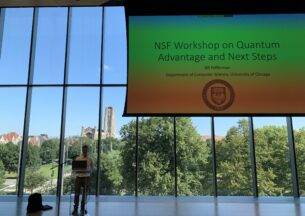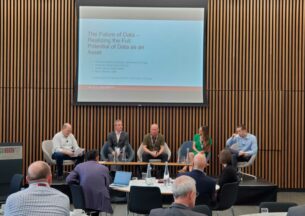Kyle Jamieson (Princeton) - Programming the Radio Environment with Large Arrays of Antennas
Towards Programming the Radio Environment with Large Arrays of Inexpensive Antennas
Conventional thinking treats the wireless channel as a given constraint. Therefore, wireless network designs to date center on the problem of the endpoint optimization that best utilizes the channel, for example, via rate and power control at the transmitter or sophisticated decoding mechanisms at the receiver. We instead explore whether it is possible to reconfigure the environment itself to facilitate wireless communication. In this work, we instrument the environment with a large array of inexpensive antennas (LAIA) and design algorithms to configure them in real time. Our system achieves this level of programmability through rapid adjustments of an on-board phase shifter in each LAIA device. We design a channel decomposition algorithm to quickly estimate the wireless channel due to the environment alone, which leads us to a process to align the phases of the array elements. Variations of our core algorithm can then optimize wireless channels on the fly for single- and multi-antenna links, as well as nearby networks operating on adjacent frequency bands. We design and deploy a 36-element passive array in a real indoor home environment. Experiments with this prototype show that, by reconfiguring the wireless environment, we can achieve a 24% TCP throughput improvement on average and a median improvement of 51.4% in Shannon capacity over the baseline single-antenna links. Over the baseline multi-antenna links, LAIA achieves an improvement of 12.23% to 18.95% in Shannon capacity.
Host: Heather Zheng

Kyle Jaimeson
Dr. Jamieson is an Associate Professor in the Department of Computer Science at Princeton University where he leads the PAWS Group, and adjunct Reader of Wireless Systems and Networks at University College London. His research interests are in all aspects of wireless networked systems, from the basic architecture of the wireless physical layer to high-level applications. The two main strands of work he has pursued involve bringing phased array signal processing indoors and improving the capacity of wireless networks in a world with many billions of wireless devices, most of which transmit in wireless spectrum that is unplanned by any central authority. Prof. Jamieson received his PhD degree from MIT and is the recipient of the SIGMOBILE rockstar award in 2018.













